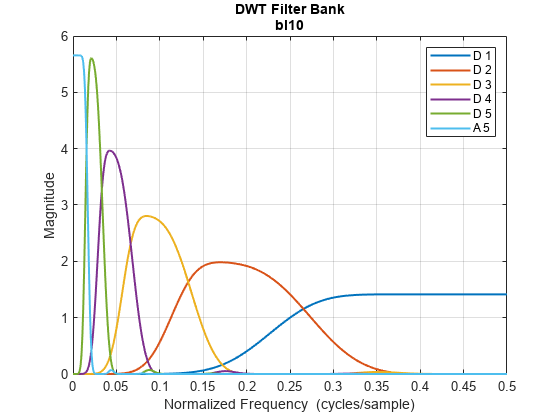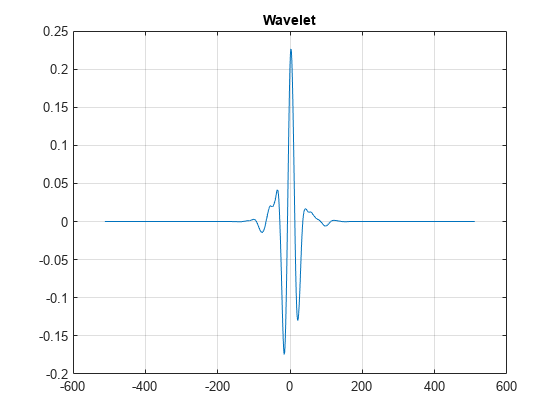blscalf
Syntax
Description
Examples
Input Arguments
Output Arguments
References
[1] Doroslovački, M.L. “On the Least Asymmetric Wavelets.” IEEE Transactions on Signal Processing 46, no. 4 (April 1998): 1125–30. https://doi.org/10.1109/78.668562.
Extended Capabilities
Version History
Introduced in R2022b


